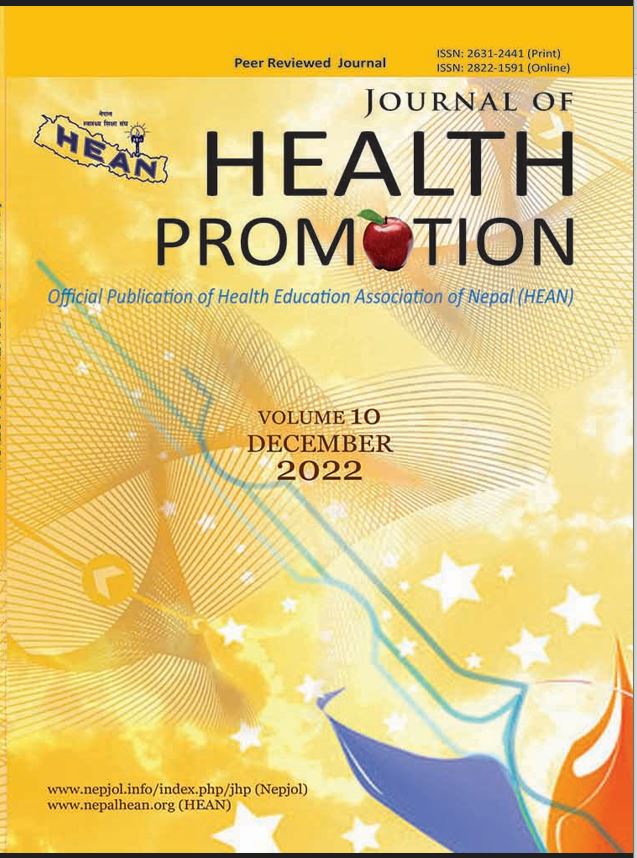Experiences of key populations in getting and sharing HIV and AIDS-related information: A descriptive phenomenological study
DOI:
https://doi.org/10.3126/jhp.v10i1.50987Keywords:
communication, HIV, information, key populations, sexual minoritiesAbstract
Despite the long-running targeted communication programs, the concentrated HIV epidemic in key populations has not declined as expectedin Nepal.In this context, the present descriptive phenomenological study was carried out in Nepalgunj Submetropolitan City to explore the experiences of key populations in getting and sharing HIV and AIDS-related information. In-depth interviews were carried out with nine participants selected through snowball sampling from sexual minority people, and female sex workers. Colaizzi’s descriptive phenomenological analysis method was adopted in data analysis. Participants were increasingly using digital means of communication. Peer approach was experienced as more confidential and training in drop-in-center a friendly mode of communication. Experiences of embarrassment, stigma, and discrimination were also prevalent. The findings of this study indicate HIV communication needs to be easily accessible, confidential, and friendly.
Downloads
Downloads
Published
How to Cite
Issue
Section
License
Copyright (c) 2022 Health Education Network (HEAN)

This work is licensed under a Creative Commons Attribution-NonCommercial 4.0 International License.
© Health Education Association of Nepal (HEAN)
Authors are required to transfer their copyright to the Health Education Association of Nepal (HEAN).
The materials of this publication may be reproduced, reviewed and translated, acknowledging the source "Journal of Health Promotion".




